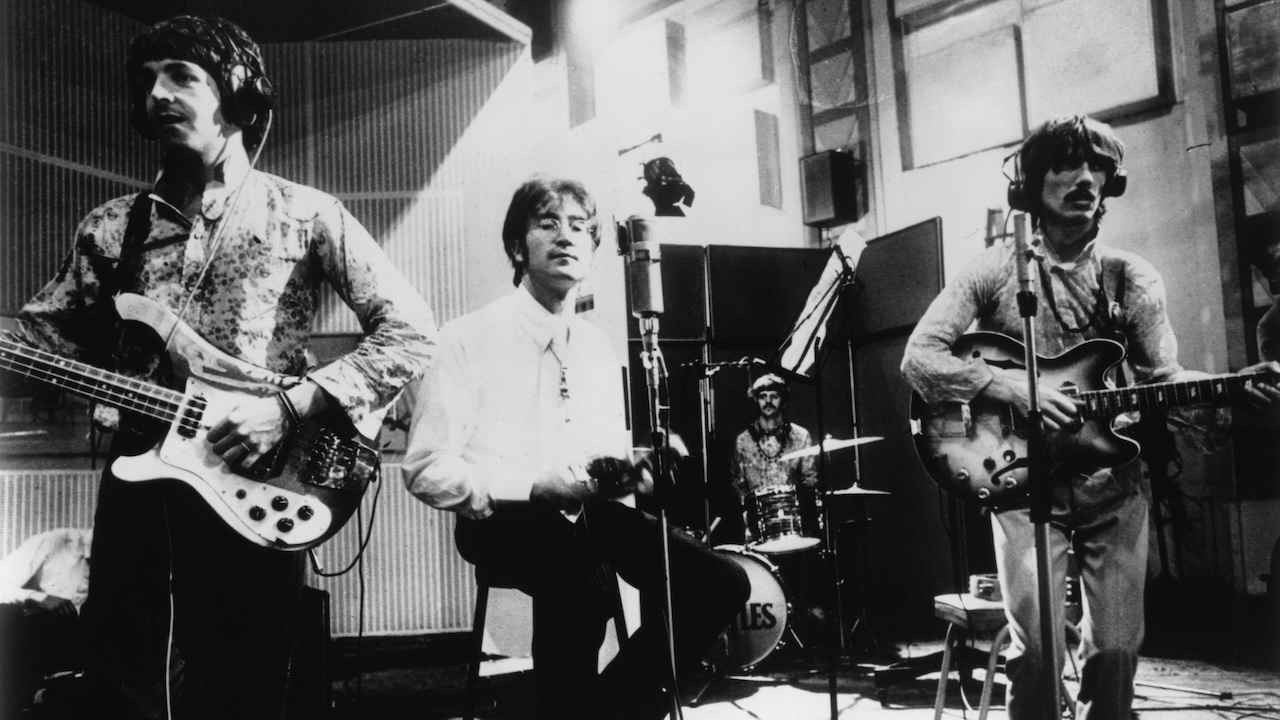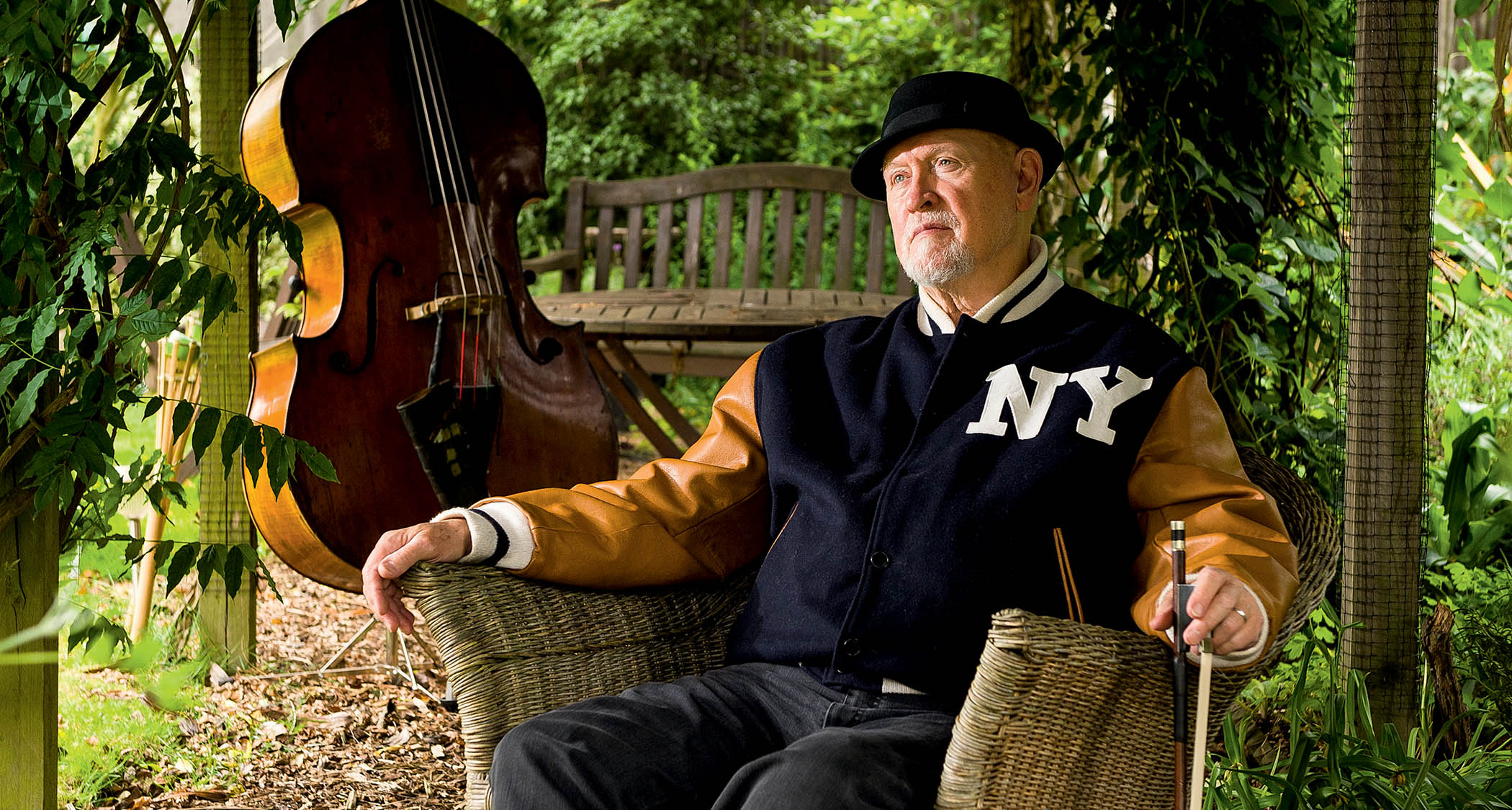“It turned out so well there was some campaigning from John Lennon for it to serve as the A-side instead of Lady Madonna”: Paul McCartney was in bass peak form on this lesser-known Beatles gem

Tracked at Abbey Road Studios in February 1968 during a promotional video shoot for Lady Madonna, which was the A-side of the upcoming single, Hey Bulldog tends to fly under the radar of most casual fans, but it actually represents a critical point in the history of The Beatles: it was one of the last sessions tracked as a band before internal tensions drove the team apart.
“Hey Bulldog turned out so well there was some campaigning from John Lennon for it to serve as the A-side of the single instead of Lady Madonna,” said producer Geoff Emerick in Mark Lewisohn’s 1998 book, The Complete Beatles Recording Sessions.
“Paul wasn’t thrilled with the idea, and the discussion was ended by George Martin, who stated flatly that it was far too late because the record sleeves had already been printed. That may or may not have been true, but I suspect that George, like Paul, felt that Lady Madonna was the more commercial song.”
Taking to his 1964 Rickenbacker 4001S, which had a fuller tone compared to the Höfner VIolin Bass, Paul McCartney is in peak form on Hey Bulldog. After four bars of John Lennon's bluesy piano riff, he launches into the song's syncopated hook with one of many hammer-ons, which give the rhythm its bounce.
At the start of the verse, McCartney lets loose with a solid wall of 16ths before settling into a groove peppered with pull-offs and slides. His signature melodicism is here in abundance, but it's another side of his playing that's maybe most surprising – McCartney's feeling the funk! The chorus is testament.
Digging in with staccato eighths and syncopated slides, McCartney seems to turn the beat around itself before returning to the hook. Verse two sees further exploration, as he reaches higher up the neck through the guitar solo and outro.
“There’s a little rap at the end between John and I,” said McCartney in Paul McCartney: Many Years from Now, by Barry Miles. “We went into a crazy little thing at the end. We always tried to make every song different because we figured, why write something like the last one? We’ve done that.”
All the latest guitar news, interviews, lessons, reviews, deals and more, direct to your inbox!
Clearly feeding off the collaborative spirit that still marked Beatles studio sessions in early 1968, McCartney sounds inspired. As tensions drove the members to track the next batch of tunes in relative isolation – with John Lennon and George Harrison often recording bass guitar tracks on their own – the song stands out as a page in the band's scrapbook that recalls happier times.
Hey Bulldog wouldn't see release until the 1969 Yellow Submarine soundtrack. Though a scene with the song appeared in the European version of the film, it was cut from the American version until being restored in 1999.

